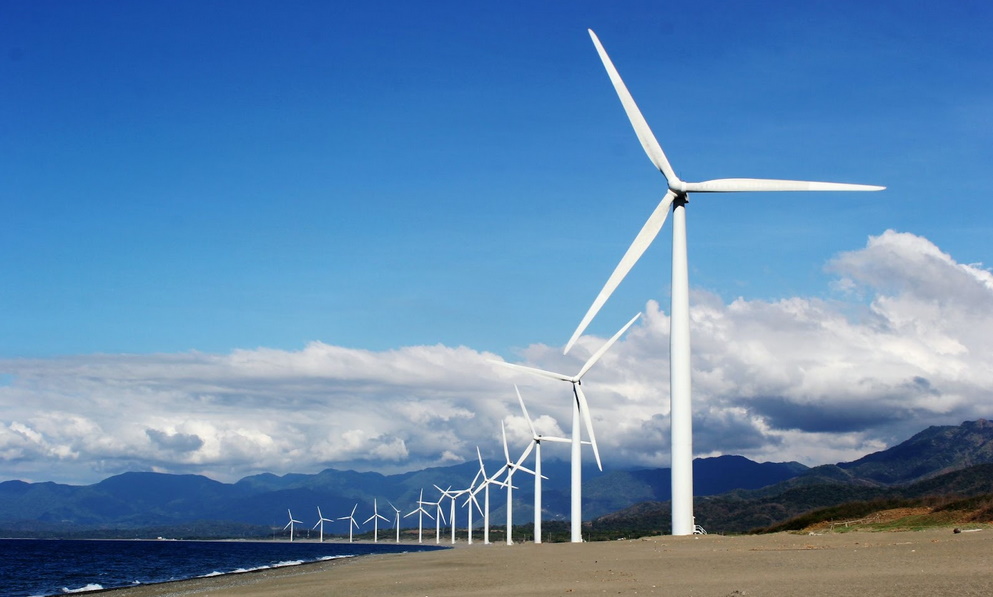Carbon Neutral Electricity: 5 Things You Should Know
- Written by NewsServices.com

Caring for the planet is important, but modern life does not always make it easy! It can be challenging to meet your basic needs while minimising your impact on the environment. Necessities that you use every day, such as using electricity, contribute to the release of carbon and other greenhouse gasses into the atmosphere. Greenhouse gasses are gasses that trap heat, contributing to global warming, and the impact of your activities is known as your carbon footprint. Fortunately, there are ways to reduce or even cancel out your carbon footprint.
Carbon Offsets Are Different From Renewable Energy
Renewable energy produces very few carbon emissions. Solar power, wind power, geothermal power and hydropower are all examples of renewable energy. These methods are very close to being carbon neutral, and many individuals and industries choose them as a way to reduce their carbon footprint.
Carbon offsets are another way of achieving carbon neutral electricity. A carbon offset is not a method of producing energy for your consumption. Rather, it is an action that removes or reduces carbon emissions elsewhere. Carbon offsets are measured in units; one unit represents the removal or prevention of one tonne of greenhouse gasses in the atmosphere. The goal of carbon offsets is to achieve net zero carbon emissions, with the gasses removed from the atmosphere being equal to those produced.
Carbon Offsets Can Be Purchased by Your Energy Provider
Ask your energy provider about carbon offsets and carbon neutral energy. Your provider may offer you the option of using carbon offsets to neutralise your energy use. First, the energy company will calculate the carbon emissions created by your household. Then, the company will purchase carbon offset units from a qualified climate action program. Some energy providers will even cover the costs themselves, offsetting your carbon emissions at no additional cost to you!
Carbon Offsets Are Subject to Rules and Regulations
It is not enough for an energy company to simply invest money in environmental programs and claim that it is offsetting its customers' carbon emissions. In Australia, eligible carbon offset projects are certified by Climate Active. This government program oversees carbon neutral energy programs and enforces strict standards to ensure that carbon emissions are accurately measured and reported. Ask your energy provider what programs and projects it supports so that you can be sure your carbon emissions are truly being neutralised.
Carbon Offsets Make a Difference Worldwide
Offsetting your carbon footprint goes beyond your own backyard. When you or your energy provider purchase carbon offsets, you support programs in Australia and around the world that have been deemed eligible by Climate Active. Some of these programs include forest management, wildfire management and the construction of renewable energy facilities. Not only do these programs help the planet, but they also improve quality of life for the community. By choosing carbon offsets, you can reduce your carbon footprint while helping people around the world.
Carbon Offsets Can Be Combined With Renewable Energy
Reducing your carbon footprint is not an all-or-nothing proposition. Renewable energy sources, such as wind, water and sunlight, can be a great way to lessen your environmental impact, but it can be difficult to rely on renewable energy sources exclusively. Combining a renewable energy source with an energy provider that offsets carbon emissions can help you achieve complete carbon neutrality.
Electricity is an essential part of your everyday life. It is also a major factor in greenhouse gas emissions and climate change. While reducing electricity usage whenever possible is an important step, this alone will not cancel out the environmental effects of your energy consumption. Talk to your energy company today about carbon neutral energy.


















